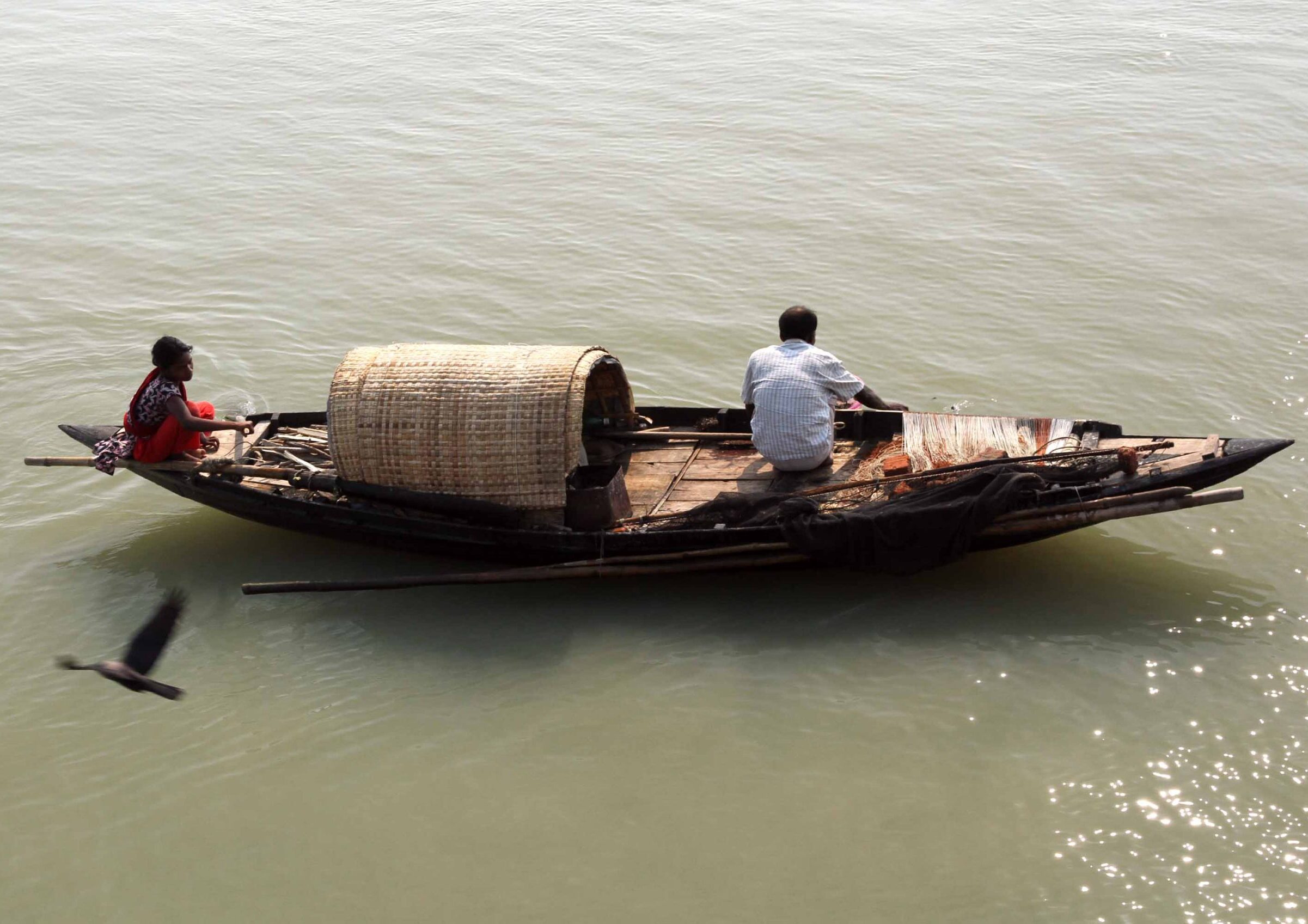
In recent days, several Hindu temples in Bangladesh got attacked and vandalised, including causing damage to idols of Hindu gods. From the Bangladesh media reporting, it is difficult to understand what happened, the scale and the magnitude. Their coverage has been very limited and disappointing given the impression created in social media and Indian reporting of the nature of what has been happening.
Communal and mob violence are not new to Bangladesh. There have been many such instances in the past, and the future will be no different. Bangladesh is not alone as a country that experiences mob and communal violence. The potential for mob violence and communal strife exist everywhere, but traditions, cultures and institutions of different places determine to what extent and how that gets manifested.
Group/mob and communal mentality are a deep part of our culture, psyche and traditions. They operate both at the conscious and unconscious levels. Politicians and leaders utilise the powers of the mob mentality and communalism to hurt their opponents or a particular group and gain and maintain power and influence. They play a role in institutionalising and embedding mob mentality in addressing issues that rely on revenge instincts to deliver justice to perceived wrongs without going through any due legal process. The Shahbagh Movement in Bangladesh in 2013 was one recent mega example in this regard. The worst thing about this was that the so-called liberal elite and the cream of the society in Bangladesh were involved in creating a mass hysteria for mob justice.
In the absence of impartial, transparent and effective institutions that serve everyone equally, problems like these multiply and take deep roots. Individuals and groups take the law into their own hands and administer arbitrary justice, and many innocent people suffer in different ways from the actions of the mob.
The recent communal attacks on Hindu temples in Bangladesh by Muslim mobs were caused by images circulating on social media of the Quran on the feet of a Hindu idol in a temple celebrating Durga Puja. The first question that comes to mind is, why should the mob attack temples that had nothing to do with this action, even if the image were of a true incident. Second, why should the mob attack the temple concerned – what right does the mob have to take the law into their hands and terrorise innocent people who use the temple to worship, socialise and celebrate.
Shouldn’t the first step have been to seek an investigation of the matter in a cool headed manner based on evidence to get to the bottom of the issue? If the image on social media represented something that did indeed happen, it could have been either malicious or innocent. Someone from the Hindu community might have placed the Quran innocently to show respect to the local Muslims in a Muslim majority country. Or, it could have been done maliciously by someone or a group to denigrate Islam or stir up communal hatred against the Hindus.
Regardless, everyone has the duty to be honest, fair, truthful and investigate such matters impartially. This is also the teachings of the Quran and the examples of Prophet Muhammad – justice, fairness and truth are the highest guiding principles according to Islam. No one has the right to take the law into their hands and target arbitrarily anyone from the othered. But the logic of communalism and mob/group mentality is different and irrational the people involved so cannot be reasoned with through any rational or morally valid process.
The ‘government’ or anyone making strong condemnation against what happened or taking stern actions against groups and individuals that perpetuated the unjustifiable violence against Hindu temples, especially during their Durga Puja, will not end communalism and group mentality behind mob justice in Bangladesh. Very little empathy exist between peoples and groups in Bangladesh; there is a widespread and deeply ingrained arbitrariness and low respect for justice, evidence and fairness in the ocuntry; politicians regularly use the mob for personal and group benefits.
This means that any strong actions in response to what happened can only be limited and temporary. They can only put a lid on communal and mob tendencies of the people for a while but not for long, especially as leaders and politicians use such and similar emotions of the people as a policy and an insurance to act arbitrarily with impunity setting and unleashing the mob against people and groups they don’t like.
To conclude, there can be no end in sight for the misery of the Hindu minority in Bangladesh. They will live in fear as long as the mob mentality exist that utilises the human revenge instincts to punishes the othered whole for crimes or insult committed an individual or a few from that group, or just from rumours of having done something perceived to be wrong. Such mob mentality collectively blames all people in the othered groups for something that may only have been the work of an individual or undertaken by a small group, or it may never had happened in the first place, but due to a rumour generated by someone to create problems.
In the short run, we have to speak out and demand immediate actions to stop the communal mob terrorising innocent Hindu people in Bangladesh and damaging their places of worship and properties. But as the problems are deeply rooted, ingrained and embedded in our culture, traditions and psyche, communal and mob violence will be an enduring feature of our country’s life for a long time into the future.
